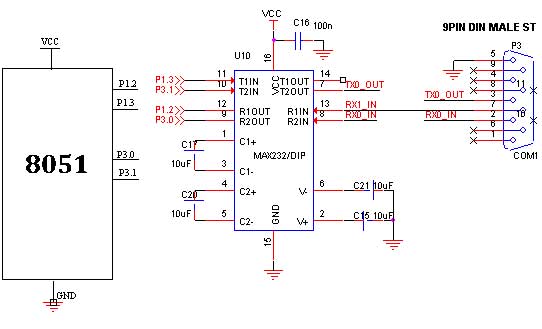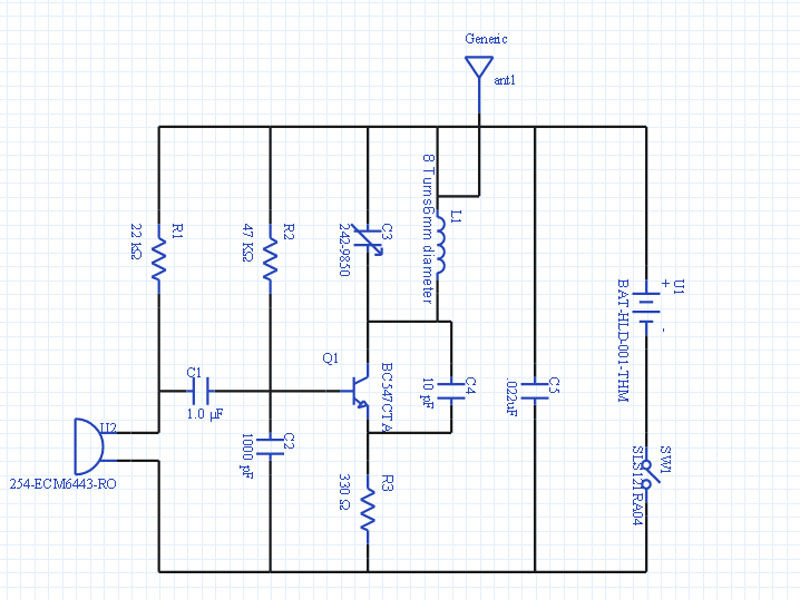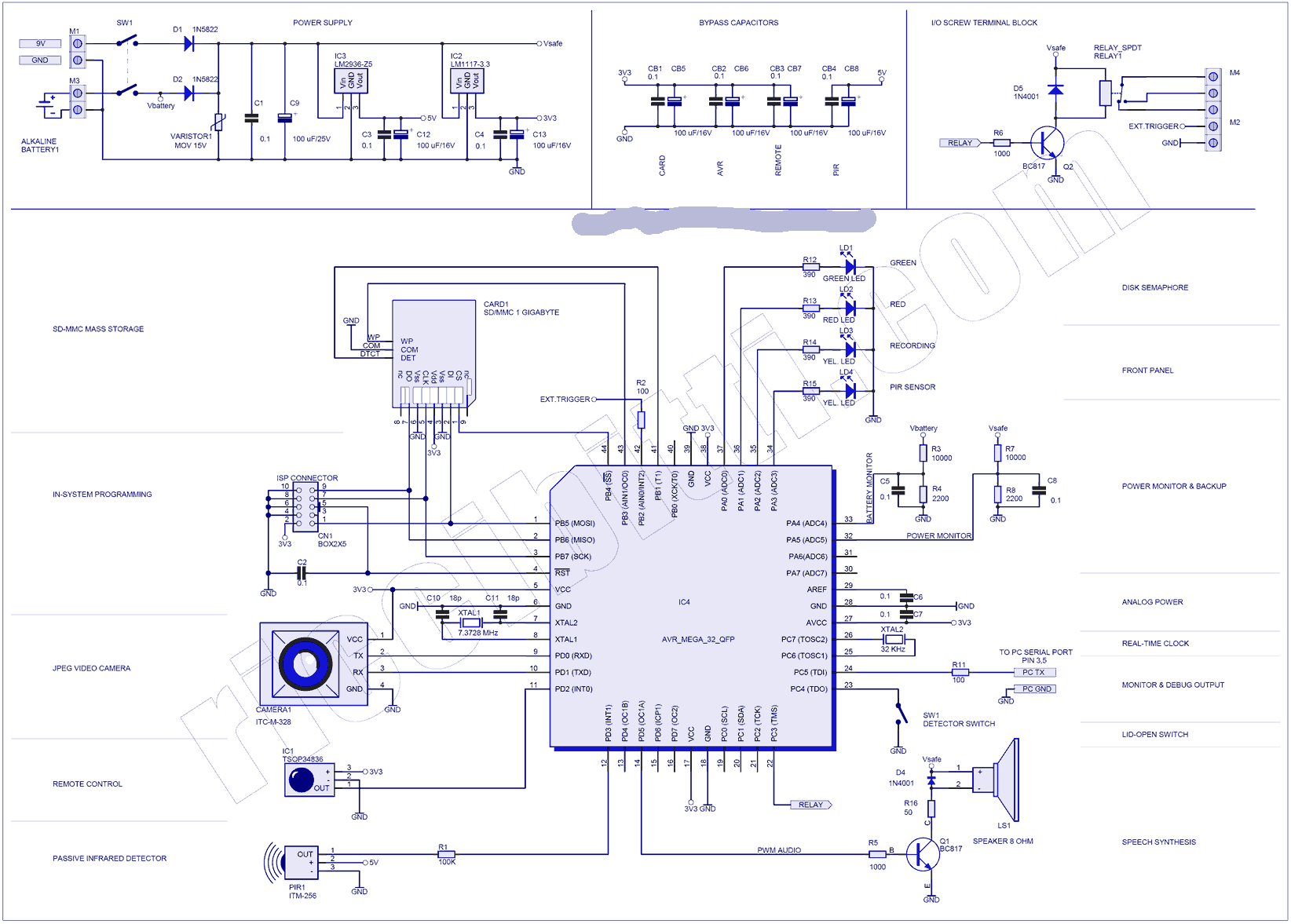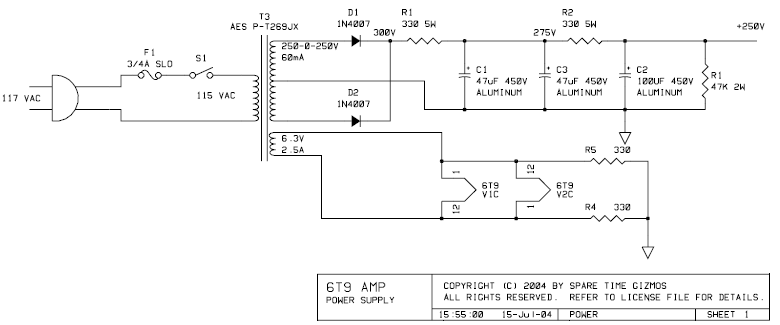
8051 ps2 lab kit article

The traffic light controller section consists of 12 point LEDs arranged in 4 lanes on the PS/8051 Trainer Kit. Each lane features a Go (Green), Listen (Yellow), and Stop (Red) LED. The PS-8051 board demonstrates the capabilities of the 40-pin 8051 microcontroller and includes sample programs to showcase the unique features of the supported devices.
The traffic light controller is designed to manage the operation of traffic signals in a simulated environment, utilizing a microcontroller-based design. Each lane of the traffic light features three distinct LEDs: green for "Go", yellow for "Listen", and red for "Stop". The arrangement of 12 LEDs in a 4-lane configuration allows for a clear visual representation of traffic signal states.
The PS-8051 Trainer Kit serves as the platform for this controller, leveraging the capabilities of the 40-pin 8051 microcontroller. This microcontroller is well-suited for embedded applications due to its versatility and ease of programming. The board includes various input and output interfaces, which facilitate the connection of the LEDs and other components necessary for the traffic light system.
The operation of the traffic light controller can be programmed using sample codes provided with the trainer kit. These programs demonstrate the unique features of the 8051 microcontroller, such as timer functions, interrupt handling, and I/O port manipulation. The controller can be programmed to follow standard traffic light sequences, ensuring that vehicles and pedestrians receive clear and timely signals.
In a practical implementation, the microcontroller can be connected to additional sensors or input devices to enhance the traffic management system. For example, pedestrian buttons can be integrated to allow for manual control of the traffic lights, or vehicle sensors can be used to detect traffic flow and adjust the signal timing accordingly.
Overall, the traffic light controller serves as an effective educational tool, providing insights into the operation of microcontroller-based systems while simulating real-world traffic management scenarios. The combination of the PS-8051 Trainer Kit and the traffic light controller offers a comprehensive platform for learning and experimentation in electronics and embedded systems.The Traffic light controller section consists of 12 Nos. point LEDS are arranged by 4Lanes in PS/8051 Trainer kit. Each lane has Go (Green), Listen (Yellow) and Stop (Red) LED is being placed. Microcontroller BoardsThe PS-8051 board which demonstrates the capabilities of the 40-pin 8051 (various families) Sample programs are provided to demonstrat e the unique features of the supported devices. 🔗 External reference
The traffic light controller is designed to manage the operation of traffic signals in a simulated environment, utilizing a microcontroller-based design. Each lane of the traffic light features three distinct LEDs: green for "Go", yellow for "Listen", and red for "Stop". The arrangement of 12 LEDs in a 4-lane configuration allows for a clear visual representation of traffic signal states.
The PS-8051 Trainer Kit serves as the platform for this controller, leveraging the capabilities of the 40-pin 8051 microcontroller. This microcontroller is well-suited for embedded applications due to its versatility and ease of programming. The board includes various input and output interfaces, which facilitate the connection of the LEDs and other components necessary for the traffic light system.
The operation of the traffic light controller can be programmed using sample codes provided with the trainer kit. These programs demonstrate the unique features of the 8051 microcontroller, such as timer functions, interrupt handling, and I/O port manipulation. The controller can be programmed to follow standard traffic light sequences, ensuring that vehicles and pedestrians receive clear and timely signals.
In a practical implementation, the microcontroller can be connected to additional sensors or input devices to enhance the traffic management system. For example, pedestrian buttons can be integrated to allow for manual control of the traffic lights, or vehicle sensors can be used to detect traffic flow and adjust the signal timing accordingly.
Overall, the traffic light controller serves as an effective educational tool, providing insights into the operation of microcontroller-based systems while simulating real-world traffic management scenarios. The combination of the PS-8051 Trainer Kit and the traffic light controller offers a comprehensive platform for learning and experimentation in electronics and embedded systems.The Traffic light controller section consists of 12 Nos. point LEDS are arranged by 4Lanes in PS/8051 Trainer kit. Each lane has Go (Green), Listen (Yellow) and Stop (Red) LED is being placed. Microcontroller BoardsThe PS-8051 board which demonstrates the capabilities of the 40-pin 8051 (various families) Sample programs are provided to demonstrat e the unique features of the supported devices. 🔗 External reference





